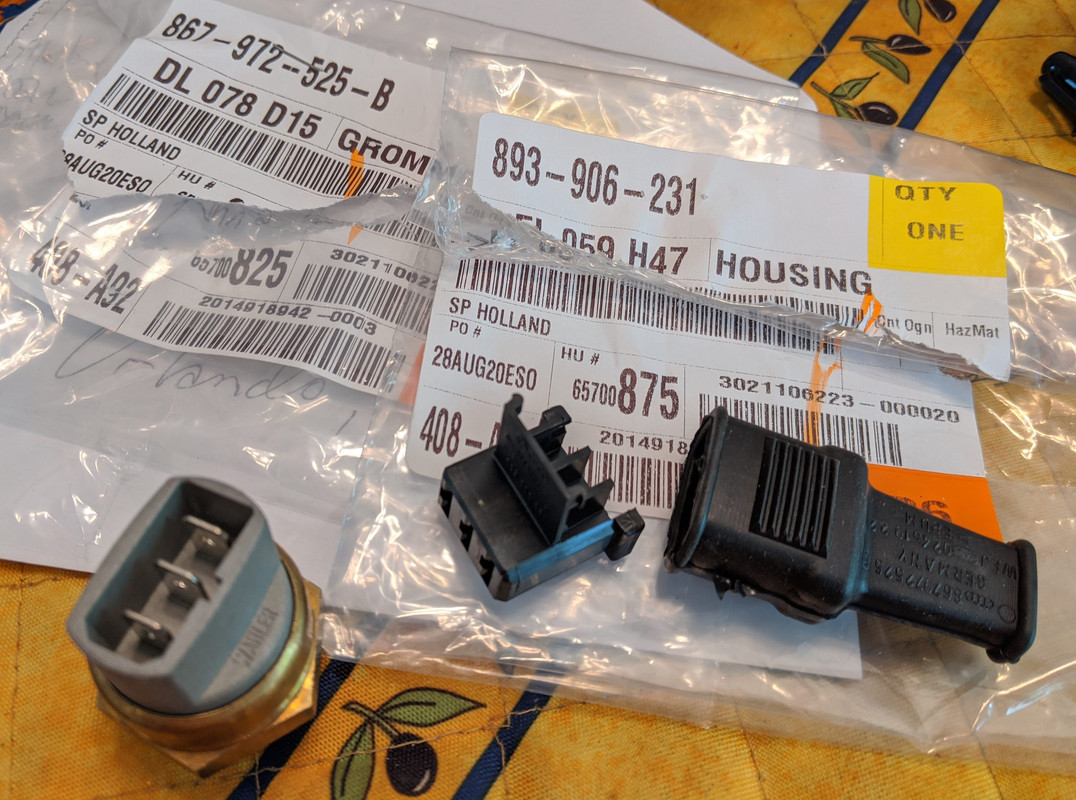Mark Olson
True Classic
PAINT FAIL!!
That's what I get for ignoring the advice of those smarter than me! I used a PPG DTM (Direct to Metal) primer on the entire body. The tech sheet said it could be topcoated without scuffing if done within 4 days. In my case it was about a day between primer and topcoat. The base coat was from Automotive Art, not PPG. I had read previously to be careful if using different brand paint products......................but I went ahead anyway without testing.
The base coat did not adhere at all to the primer. I could put a piece of masking tape on it and when I pulled the tape off the topcoat came with it.
Bah!
I had the media blaster here on Saturday and he blasted all the color off.
Oh well, live and learn. Only problem is I probably won't live long enough.
That's what I get for ignoring the advice of those smarter than me! I used a PPG DTM (Direct to Metal) primer on the entire body. The tech sheet said it could be topcoated without scuffing if done within 4 days. In my case it was about a day between primer and topcoat. The base coat was from Automotive Art, not PPG. I had read previously to be careful if using different brand paint products......................but I went ahead anyway without testing.
The base coat did not adhere at all to the primer. I could put a piece of masking tape on it and when I pulled the tape off the topcoat came with it.
Bah!
I had the media blaster here on Saturday and he blasted all the color off.
Oh well, live and learn. Only problem is I probably won't live long enough.


